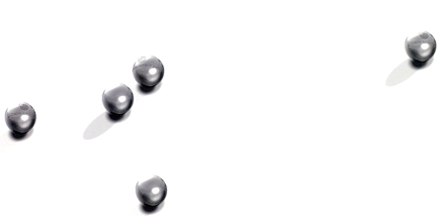PachinkoGame

Outside virtually every major railroad station in Japan there is a lively and colorful pachinko parlor or two.
Pachinko is socially recognized in Japan as a popular pastime for adults. Many people enjoy pachinko, and pachinko parlors can be found not just at railroad stations, but in bright, flashy buildings on many main streets throughout Japan.
Pachinko parlors, which generally feature both regular pachinko machines and pachislo (pachinko slot) machines, are often thronged with people.
Regular pachinko machines are often said to resemble upright pinball machines. Players aim for skillful adjustment of the handle at the lower right, to set the course of the pachinko balls, which trace a complex path as they bounce among the many posts in the colorful board, gradually falling toward the bottom. The panel also includes several pockets; for each ball that enters a certain pocket, a certain number of new pachinko balls are awarded.
Pachislo machines are similar to slot machines.
People play by inserting one to three coins in the machine, pulling a lever, and pressing the three stop buttons to stop the reels. When the pictures on the reels match on the right line according to the number of coins played, more coins are paid out.
The coins and balls won in these games can be used to continue playing, or they can be exchanged for prizes on display in the pachinko parlor.
Some of these prizes can be exchanged for cash at specialist dealers located outside the pachinko parlor premises.
People can play pachinko for as little as 100 yen, and pachislo for 1,000 yen. Studies show that the average pachinko player spends 15,851 yen per visit, and the average pachislo player 17,073 yen.